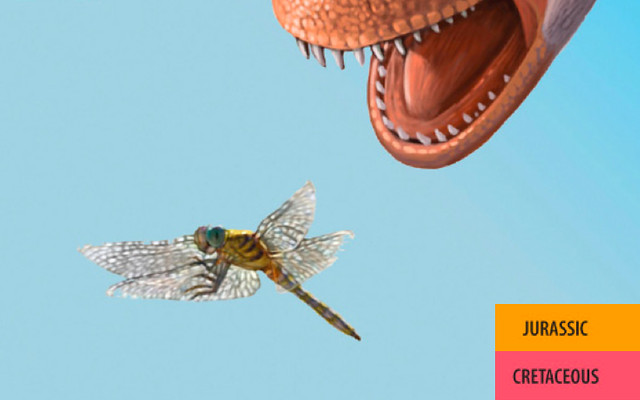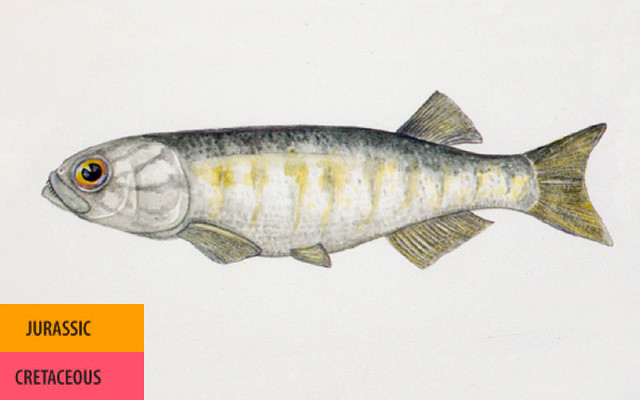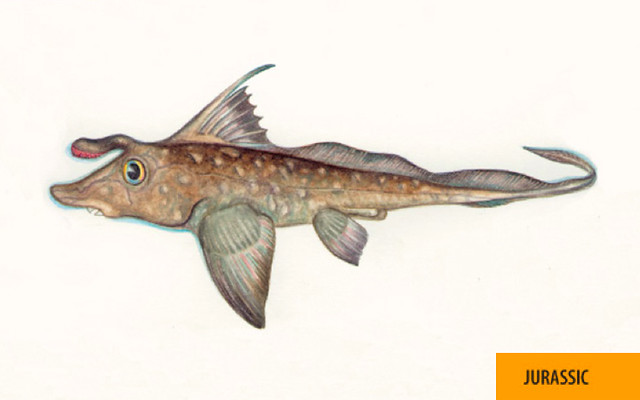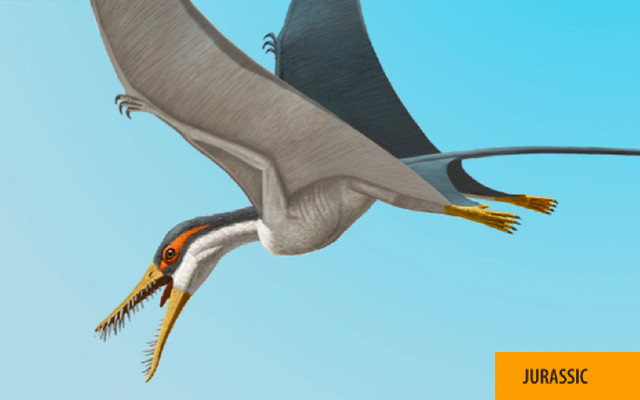Animalia

Cockroach
Blattodea order


EXTANT | 2 POINTS
Play: MOVE of 1.
Cockroaches existed before pterosaurs and dinosaurs. The first fossils of modern cockroaches appeared in the Early Cretaceous period.

Dragonfly
Anisoptera infraorder


EXTANT | 2 POINTS
Play: FLIGHT of 1.
Dragonflies are among the fastest and most ancient flying insects in the world!

Water Strider
Gerridae Family


EXTANT | 3 POINTS
Play: MOVE of 1.
The water strider’s long and slender legs, with several thousand hairs, enable them to walk on water.

Lycoptera
Lycoptera


EXTINCT | 2 POINTS
Play: MOVE of 1.
Fossils of these freshwater fish have been found in large groups, suggesting they congregated in sandbars.

Ischyodus
Ischyodus


EXTINCT | 2 POINTS
Play: MOVE of 1.
The long spine attached to the dorsal fin of the Ischyodus may have been venomous.

Rhamphorhynchus muensteri
Rhamphorhynchus muensteri


EXTINCT | 4 POINTS
Play: FLIGHT of 1.
Rhamphorhynchus means “beak snout.” This pterosaur has been found in Germany. It had a very long tail, and its long needle-like teeth helped it catch fish over open water.